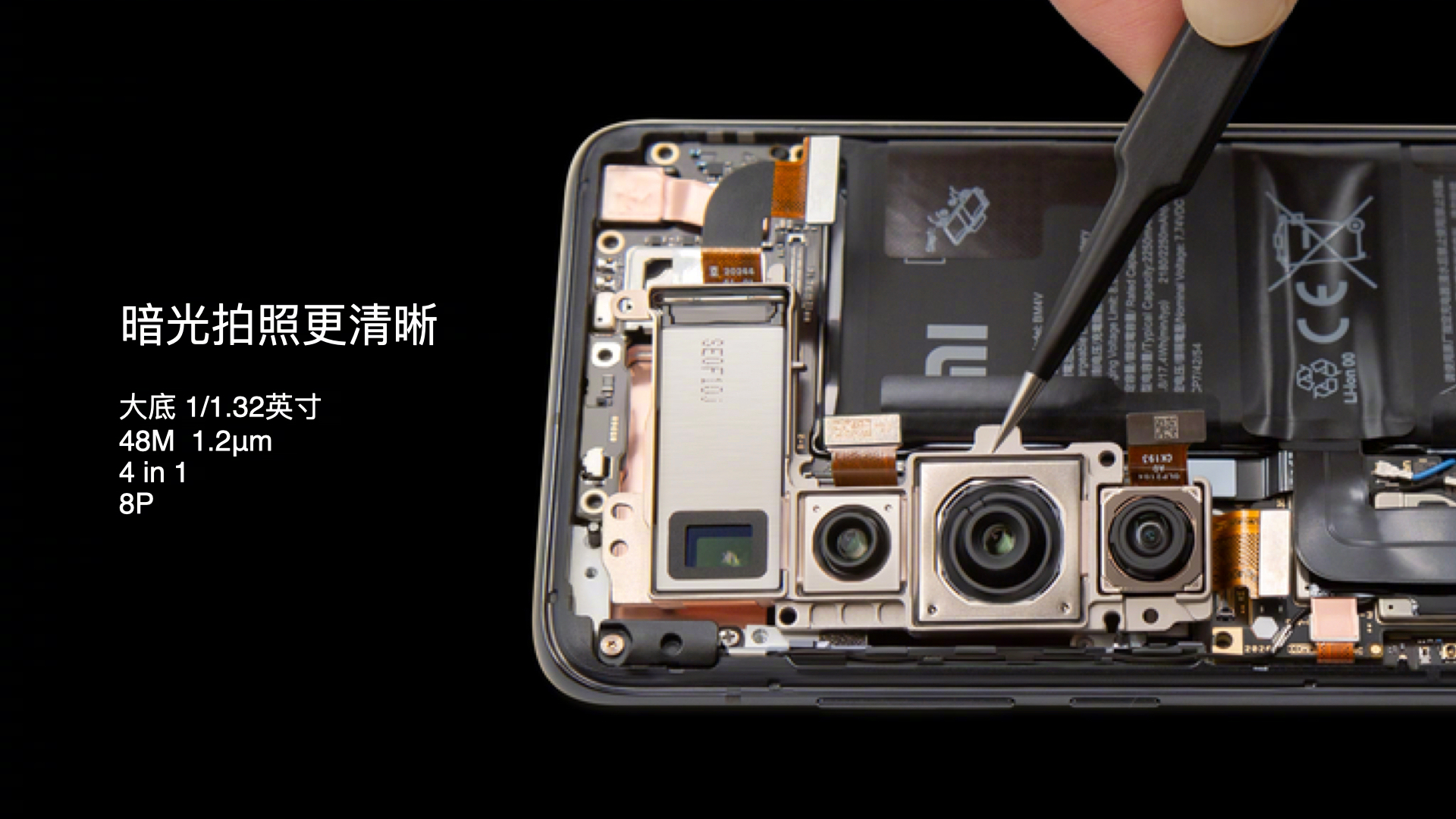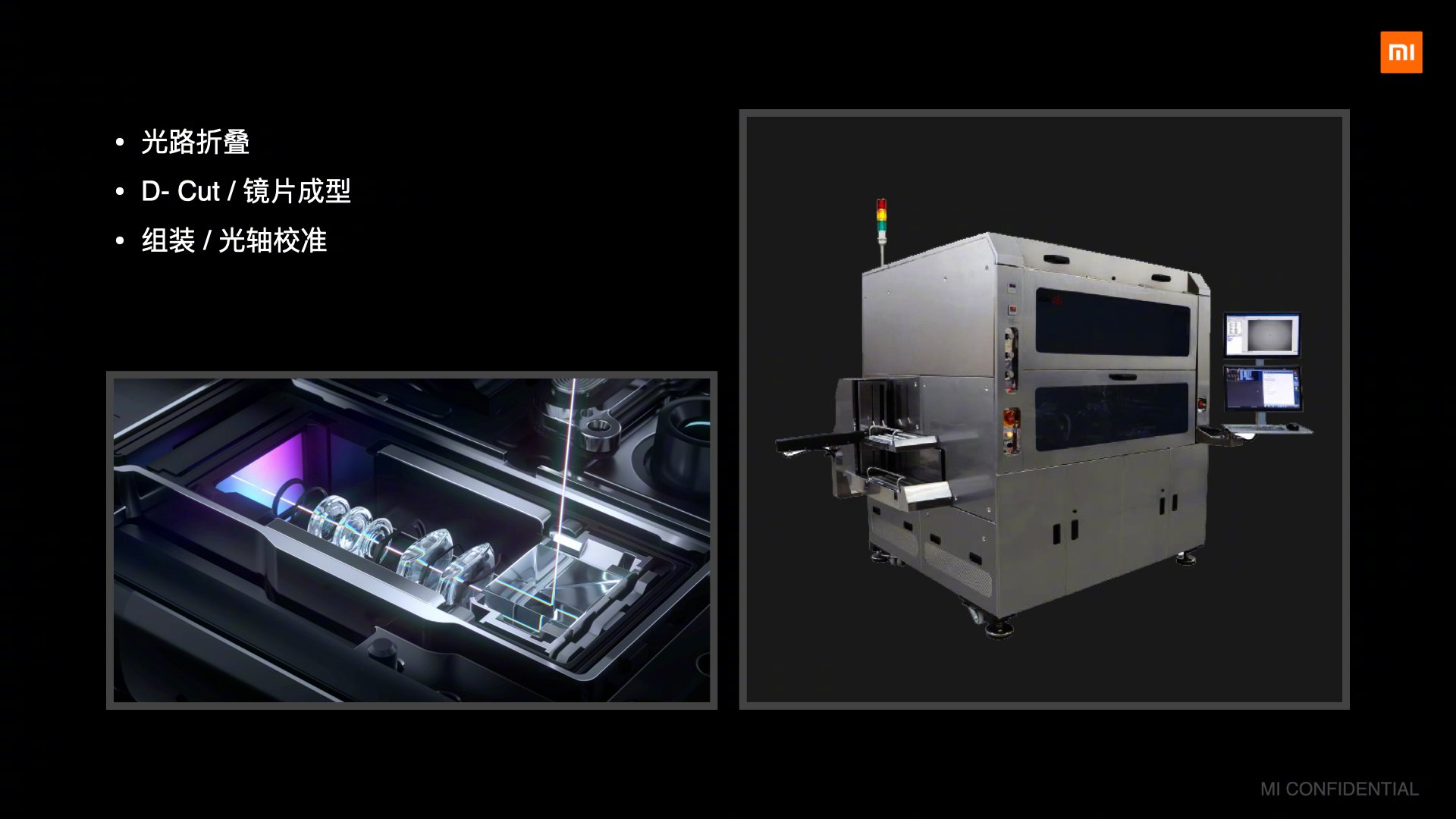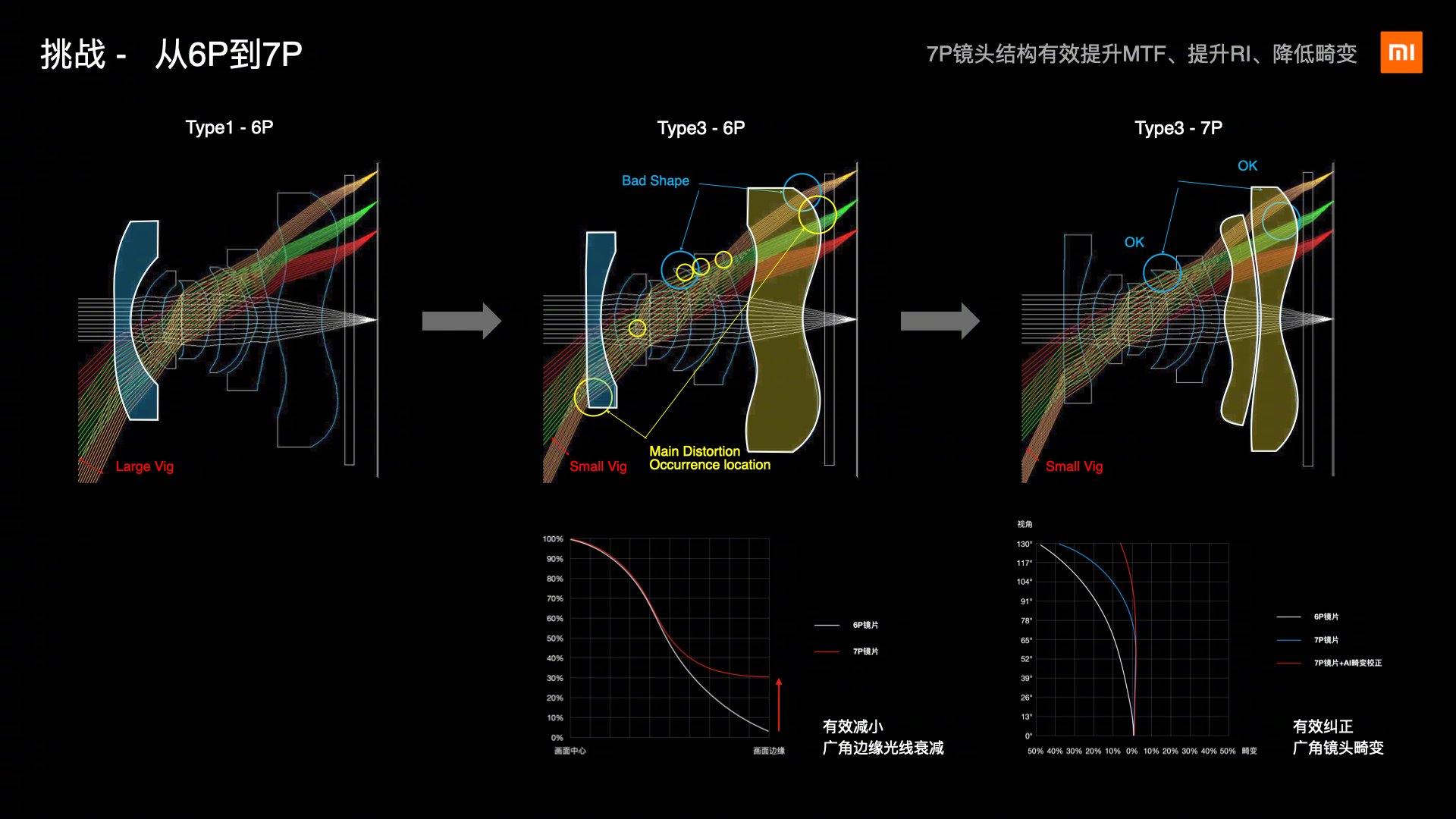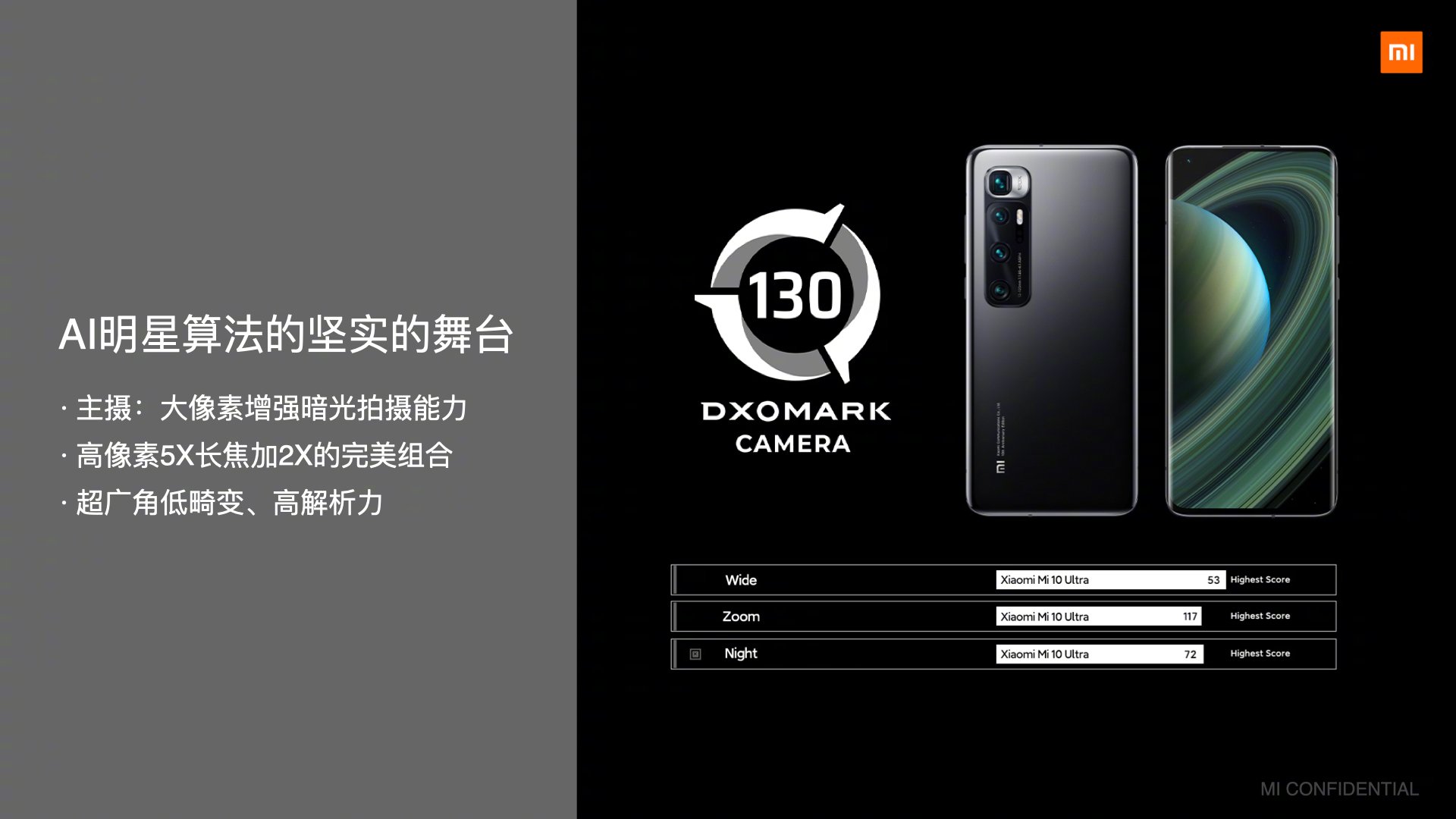At Xiaomi’s 10th Anniversary Special Event in China, the company unveiled a number of star products but the most spectacular one for smartphone enthusiasts is definitely the Mi 10 Ultra which is its most powerful smartphone for 2020. As the name suggests, the phone aims to take on the big flagships in the market like the Huawei P40 Pro Plus and the Samsung Galaxy Note 20 Ultra. The flagship phone did a good job in that regard as it managed to beat the world’s best camera phone according to DxOMark – the Huawei P40 Pro, with a score of 130.
Xiaomi has given an insight into the technology at play on the Mi 10 Ultra’s camera. The camera was the product of several research efforts by engineers in Xiaomi’s numerous R&D centres around the world: in Beijing, Shanghai, Shenzhen, Nanjing, Tokyo, Santiago, Bangalore, Paris and Tampere. 
The main camera has a 48 MP 1/1.32” sensor that can do on-chip single-frame HDR processing. Basically, pixels are grouped into three categories: short, medium and long exposure. Then those are merged into an HDR signal as the sensor reads out the image line by line.
The Mi 10 Ultra is Xiaomi’s first phone that can record HDR10 video, thanks to this on-sensor processing. It also has a rare 8P lens design – a lens with eight elements, which reduces aberrations as much as possible. Each element added to the lens makes it exponentially trickier (and more expensive) to produce.
Making the telephoto camera a perfect fit was yet another challenge. The phone packs a 48MP SonyIMX586 sensor with a large 1/2.32” aperture. The size of the sensor would have made the module too thick to fit into the frame of the phone. In this regard, Xiaomi had to use a D-cut lens to slim it down. D-cut lenses make optical image stabilization more difficult but after several attempts, the engineers got it just right.
Furthermore, the Mi 10 Ultra’s ultrawide-angle lens has a 128° field of view. It uses a 7P lens again to minimize distortion, especially around the edges of the image. This helps improve the resolution so that there wasn’t any need to correct the distortion in software.
UP NEXT: Xiaomi Mi 10 Ultra beats Huawei P40 Pro in Camera Performance with a DxOMark score of 130







